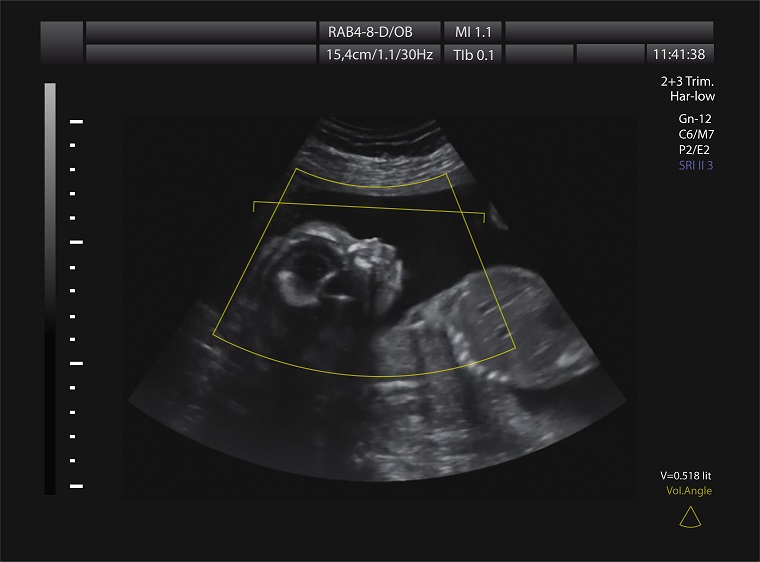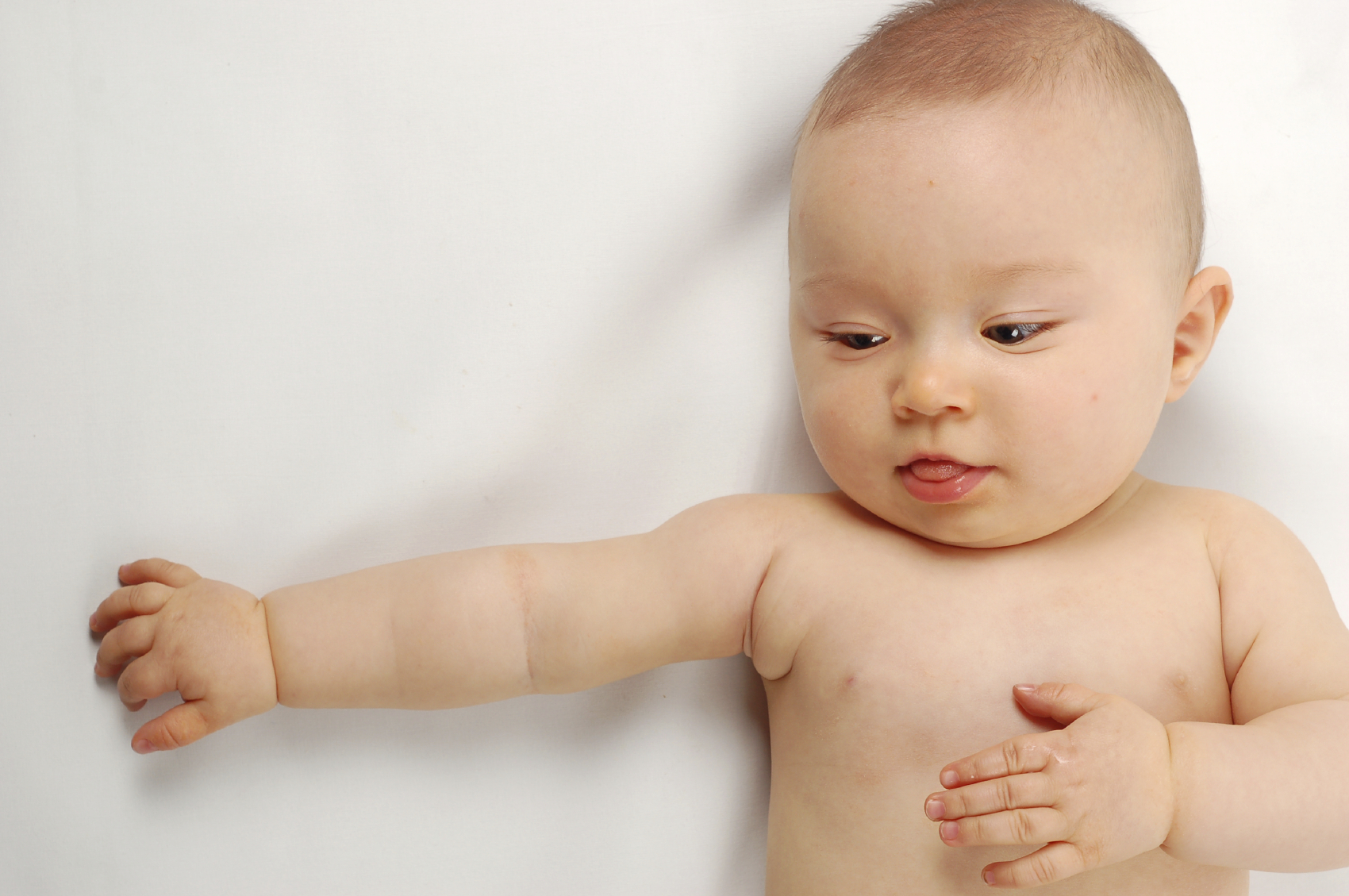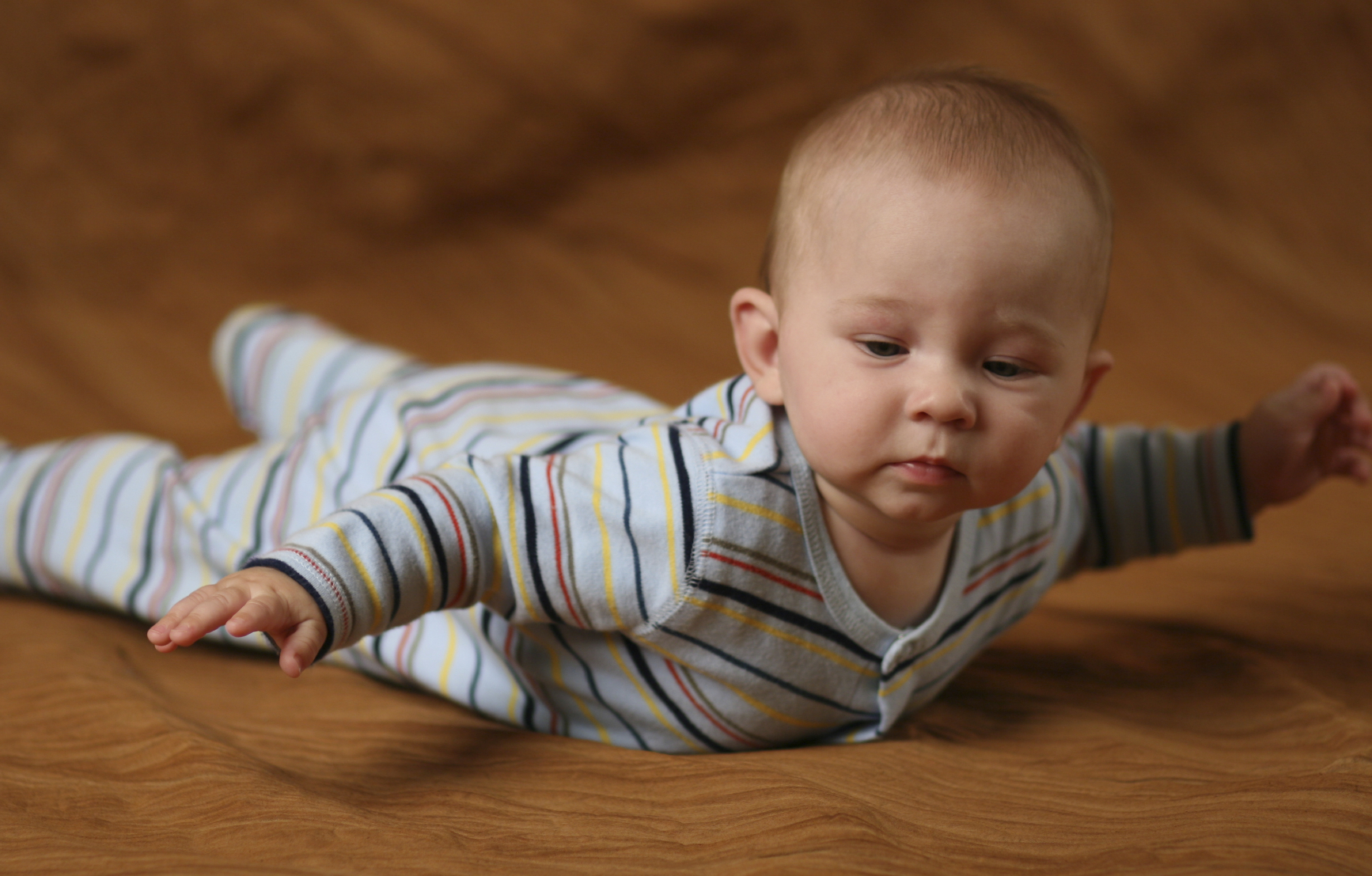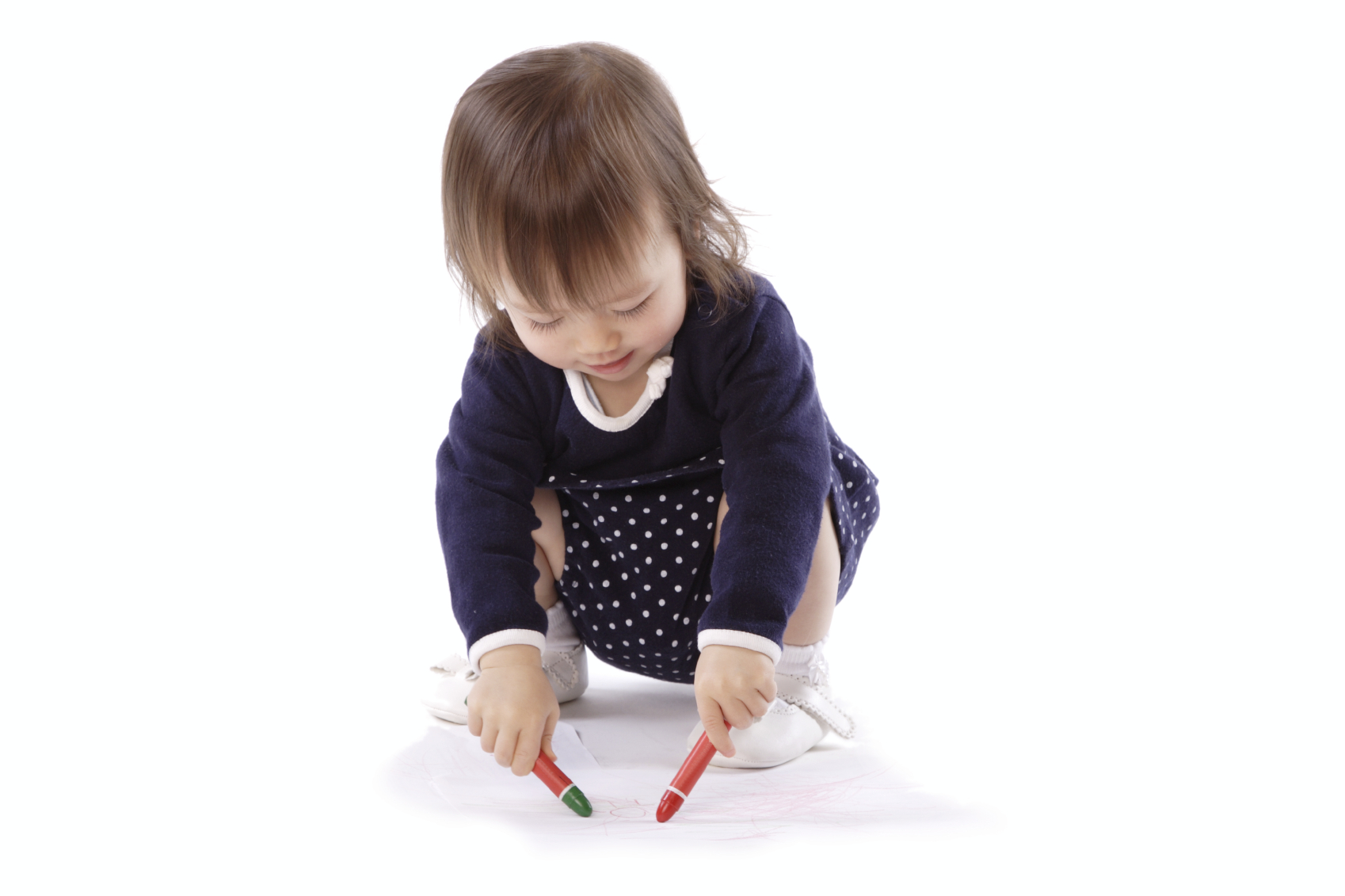Asymmetrical Tonic Neck Reflex (ATNR)
The Asymmetrical Tonic Neck Reflex (ATNR) develops muscle tone and vestibular stimulation in utero. It also develops kicking movements and provides continuous motion which stimulates the balance mechanism and increases neural connections. This reflex emerges at 18 weeks in utero, is fully present at birth, and should be integrated when the baby is approximately 6 months old. This reflex helps the fetus move the head from side to side while swinging the arms and kicking the legs.
The ATNR is actively involved in the birthing process as the fetus ‘unwinds’ itself out of the birth canal, and is essential for an uncomplicated natural delivery. It not only assists in the birthing process but also is reinforced and activated by it. This twisting motion is the first experience of the infant to understand coordinating both sides of the body together. Many researchers believe that this is a contributing factor as to why children requiring forceps delivery or born by Caesarean section are at a higher risk of experiencing developmental delays. Without experiencing the twisting action, they do not get the necessary left/right and upper/lower body coordination needed for development of later skills like crawling, walking, and skipping.
The ATNR manifests when the baby’s head is turned to one side. The infant’s arm and leg on the side to which the head is turned will extend and the opposite limbs will flex (curl inward) so that the child appears to be in what has been called a “fencer’s pose”.




Along with the Moro Reflex, the ATNR is considered one of the two main reflexes that are essential for survival in the first few months of life, and lack of proper development of these reflexes may be a factor in Sudden Infant Death Syndrome (SIDS). The Moro Reflex would elicit an instant arousal mechanism if the infant was in stress, and the ATNR should cause the baby to turn its head when lying on its stomach.
The ATNR is one of the first eye-hand coordination movements that the baby experiences as the visual system is ensuring that the baby is using the appropriate arm to reach towards an object it is attempting to visualize. Crawling and creeping are extremely important in the integration of the ATNR at the appropriate time, and children who stand and walk without these intermediate movements often experience a retained ATNR.
Retention of the ATNR causes the child to have difficulty crossing the midline of his or her body which can lead to difficulty manipulating objects using both hands. The child will not be able to easily establish a preferred hand, leg, or ear, and this will cause him or her to be hesitant in movements. When the choice isn’t automatic, every movement must be consciously made which is very confusing to the child. Integration of the ATNR is crucial to good visual development. The child will not be able to track an object moving horizontally past the nose without hesitating at the midline which will impact reading, writing, and spelling abilities later in life.
Symptoms of the ATNR
- Poor balance when moving head side to side
- Homolateral (same side) rather than cross pattern movements when walking, skipping, or marching
- Difficulty crossing the imaginary midline between the two sides of the body with the arms or legs
- Poor smooth eye movements
- Difficulty shifting focus from distance to near
- Difficulty keeping place when copying from the board
- Mixed laterality (use right and left hands interchangeably)
- Poor handwriting
- Poor expression of ideas on paper
- Difficulty learning to ride a bicycle
- ADD and ADHD characteristics
- Difficulty throwing and catching a ball
- Learning problems
- Difficulty with multitasking
